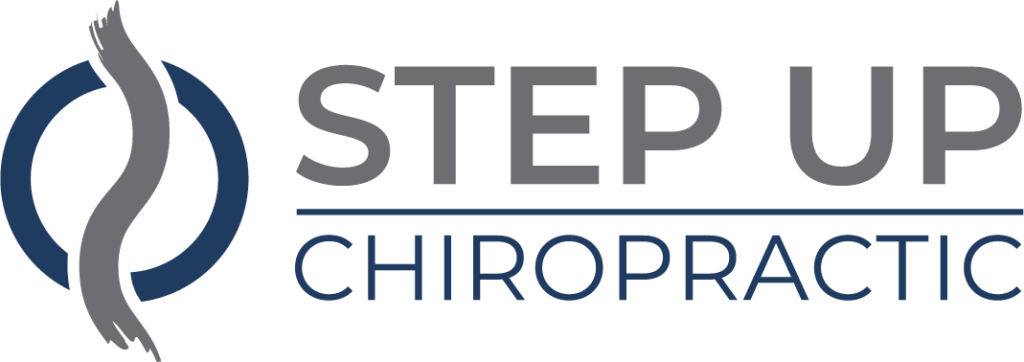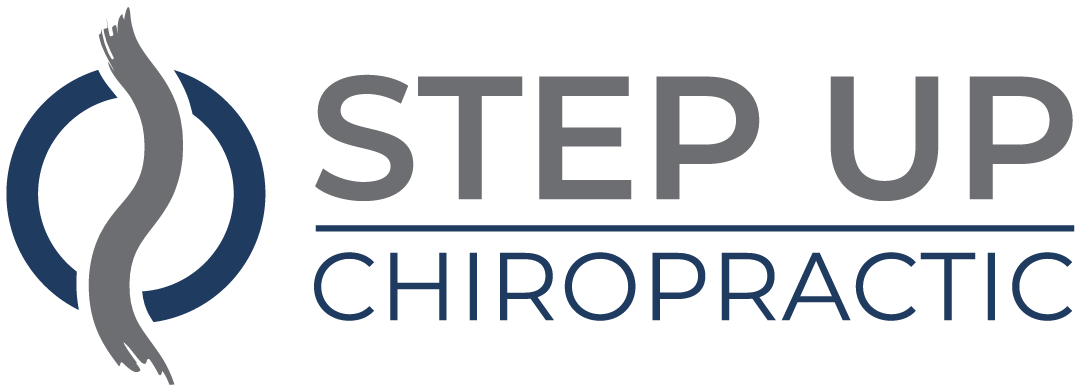If you're struggling with back pain, you might be surprised to learn how chiropractic adjustments can make a significant difference. These adjustments not only realign your spine but also enhance your overall well-being in several ways. They can relieve muscle tension, improve joint mobility, and even promote better posture. But the benefits don't stop there; understanding how these adjustments work can empower you to take control of your pain management. Curious about the specific ways adjustments can help you?
Chiropractic Adjustments
Chiropractic adjustments are a popular method for alleviating back pain, focusing on realigning the spine to enhance overall mobility and reduce discomfort. When you visit a chiropractor, they'll assess your posture, spinal alignment, and any specific areas where you're experiencing pain. This personalized approach guarantees that the treatment targets your unique needs.
During the adjustment, the chiropractor uses controlled force to manipulate your spine and joints. You might hear cracking or popping sounds, which can be surprising but are usually harmless. This process helps restore proper alignment, allowing your body to function more efficiently. After an adjustment, many people report an immediate sense of relief, as tension is released and circulation improves.
Chiropractic care isn't just about immediate pain relief; it's also about long-term health. By addressing underlying issues in your spine, your chiropractor can help prevent future problems. They often recommend exercises and stretches that you can do at home to support your adjustments and enhance your recovery.
You may wonder how often you should visit a chiropractor. This can vary based on your individual condition and treatment goals. Some people find relief after just a few sessions, while others might need ongoing care.
Massage Therapy
How can massage therapy help with back pain? It's a question many people ask when seeking relief from discomfort.
Massage therapy focuses on manipulating the muscles and soft tissues in your back, which can lead to significant benefits. When you receive a massage, the therapist targets tight areas, promoting relaxation and alleviating tension. This process can enhance blood flow and reduce inflammation, helping your body heal effectively.
Additionally, massage therapy can improve your range of motion. If your back pain limits your movement, a skilled therapist can work on loosening stiff muscles and joints, allowing you to move more freely. You'll often notice a decrease in pain and an increase in your ability to perform daily activities after just a few sessions.
Another advantage is that massage therapy addresses emotional stress, which can contribute to back pain. The calming effects of massage not only soothe sore muscles but also help you feel more relaxed and centered. When you're less stressed, your pain perception can decrease, leading to a more comfortable experience overall.
Lastly, regular massage sessions can help maintain your back health in the long run. By incorporating this therapy into your routine, you can proactively manage tension and prevent chronic pain from developing.
Stretching Exercises
After exploring the benefits of massage therapy, it's important to contemplate how stretching exercises can further enhance your back health. Incorporating stretching into your routine can alleviate tension, improve flexibility, and strengthen the muscles supporting your spine.
You'll feel more mobile and less prone to injury, making it a valuable addition to your back care strategy.
Here are four effective stretching exercises you can try:
- Cat-Cow Stretch: Start on your hands and knees. Inhale as you arch your back (cow), and exhale as you round it (cat). Repeat for 5-10 cycles to increase spinal flexibility.
- Child's Pose: Kneel on the floor, sit back on your heels, and stretch your arms forward on the ground. Hold this position for 20-30 seconds to release tension in your lower back.
- Seated Forward Bend: Sit with your legs extended. Inhale, reach your arms up, and exhale as you hinge at your hips to reach toward your toes. Hold for 20-30 seconds to stretch your hamstrings and lower back.
- Torso Twist: Sit cross-legged and place one hand on the opposite knee. Twist your torso gently to the side, holding for 15-20 seconds, then switch sides. This helps maintain spinal mobility.
Posture Correction
Maintaining good posture is essential for preventing back pain and promoting overall spinal health. When you sit, stand, or walk with proper alignment, you distribute your body weight evenly, reducing strain on your muscles, ligaments, and joints. This alignment helps you avoid unnecessary tension and fatigue, which can lead to discomfort and pain.
To improve your posture, start by being mindful of your body mechanics throughout the day. When sitting, keep your feet flat on the floor, your back straight, and your shoulders relaxed. Use a chair that provides adequate lumbar support to encourage the natural curve of your spine.
If you're standing, distribute your weight evenly on both feet and avoid locking your knees. Engage your core muscles to maintain stability and support your spine.
In addition, practicing specific posture exercises can strengthen the muscles that support your spine. Incorporate stretches that target your chest, shoulders, and back to enhance flexibility and alleviate tightness.
It's also beneficial to take regular breaks from prolonged sitting or standing. Stand up, move around, or perform light stretches to break up periods of inactivity.
Finally, be patient with yourself. Correcting poor posture habits takes time and conscious effort. By consistently applying these techniques, you'll not only reduce your risk of back pain but also enhance your overall well-being.
Ergonomic Adjustments
Adjusting your workspace to be more ergonomic can greatly enhance your posture and reduce back pain.
By making simple changes to your environment, you can create a comfortable space that promotes better alignment and minimizes strain on your back.
Here are four key adjustments you can make:
- Chair Height: Adjust your chair so that your feet rest flat on the floor, with your knees at a 90-degree angle. This helps maintain proper lumbar support and reduces pressure on your lower back.
- Desk Setup: Position your desk at elbow height. When you type, your elbows should form a 90-degree angle, allowing your shoulders to relax. This prevents unnecessary tension in your upper back and neck.
- Monitor Position: Place your monitor at eye level, about an arm's length away. This helps you maintain a neutral neck position, reducing the urge to lean forward or look down, both of which can lead to discomfort.
- Keyboard and Mouse Placement: Keep your keyboard and mouse close enough that you can use them without reaching. Your wrists should remain straight and relaxed, preventing strain during extended computer use.
Heat and Cold Therapy
When you're dealing with back pain, using heat and cold therapy can be an effective way to find relief. Each method offers unique benefits, and knowing when to apply them can make a big difference in your comfort level.
Heat therapy, such as heating pads or warm baths, helps to increase blood flow and relax tight muscles. When you apply heat to your back, it can soothe discomfort and ease stiffness. Aim to use heat for about 15 to 20 minutes at a time. It's especially helpful for chronic pain or muscle tension.
Just be sure to avoid using heat if there's swelling, as this can worsen inflammation.
On the other hand, cold therapy is your go-to for reducing inflammation and numbing sharp pain. Ice packs or cold compresses can be applied to the affected area for 10 to 15 minutes. Cold therapy is particularly beneficial if you've recently injured your back or are experiencing acute pain.
Just remember to wrap ice packs in a towel to protect your skin.
Combining these therapies can also be effective. Start with cold therapy to reduce inflammation, then switch to heat to promote healing and relaxation.
Always listen to your body, and if either method increases your pain, discontinue use. By incorporating heat and cold therapy into your routine, you can take proactive steps toward managing your back pain and enhancing your overall well-being.
Mindfulness and Relaxation Techniques
Incorporating mindfulness and relaxation techniques into your daily routine can greatly alleviate back pain and improve your overall well-being.
These practices help you become more aware of your body and reduce stress, which can contribute to muscle tension and discomfort. By focusing on the present moment, you can learn to manage pain more effectively and enhance your mental health.
Here are four techniques you can easily implement:
- Deep Breathing: Take a few minutes each day to practice deep breathing. Inhale slowly through your nose, allowing your abdomen to rise, then exhale gently through your mouth. This calms your nervous system and reduces tension in your back.
- Meditation: Set aside time for meditation to clear your mind and focus on your breathing. Even five to ten minutes can help you cultivate a sense of peace, making it easier to cope with any discomfort.
- Progressive Muscle Relaxation: This involves tensing and relaxing various muscle groups throughout your body. Start from your toes and work your way up to your head, focusing on releasing tension as you go.
- Gentle Yoga: Incorporating gentle yoga into your routine can improve flexibility, strengthen core muscles, and promote relaxation. Poses like Child's Pose or Cat-Cow can be particularly beneficial for your back.
Conclusion
Incorporating chiropractic adjustments into your routine can greatly alleviate back pain. By addressing spinal alignment, improving joint mobility, and enhancing blood circulation, you'll experience relief and promote overall health. Don't forget to complement adjustments with massage therapy, posture correction, and ergonomic adjustments for even better results. Embracing stretching exercises and mindfulness techniques can further help you manage pain and prevent future issues. Take charge of your back health and enjoy a more active, pain-free life!




